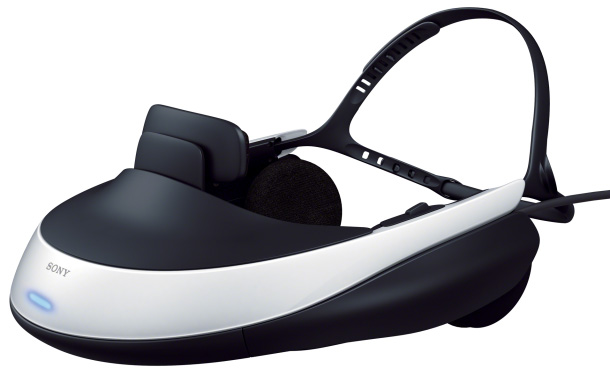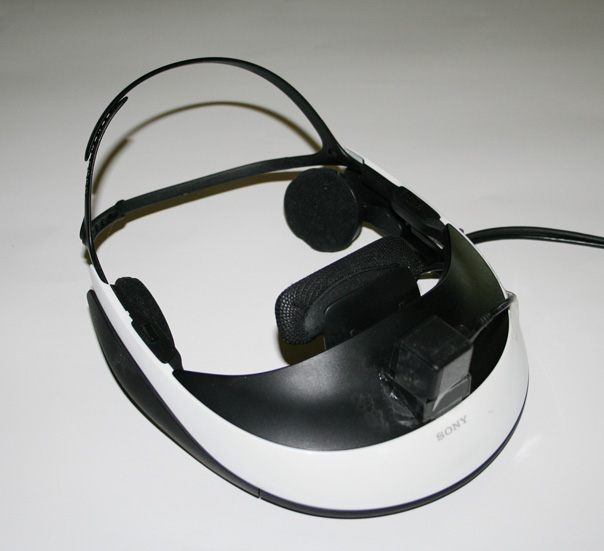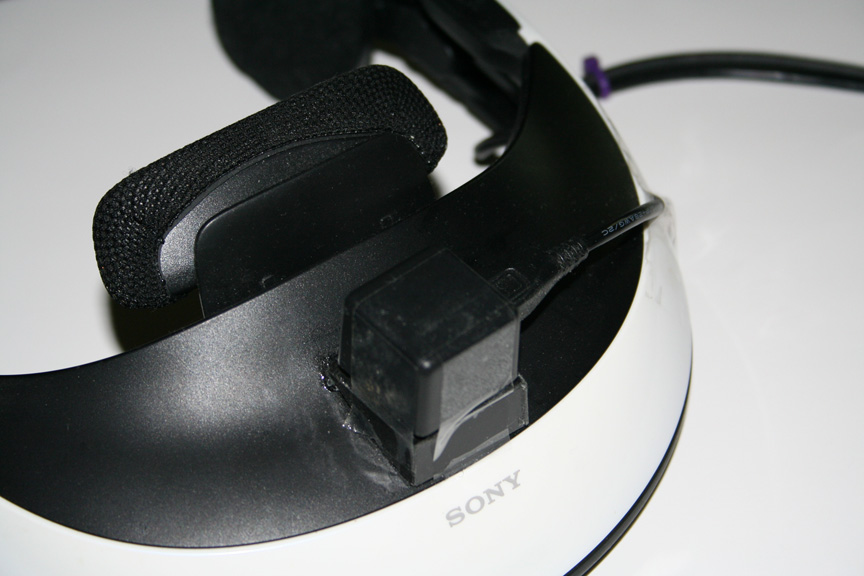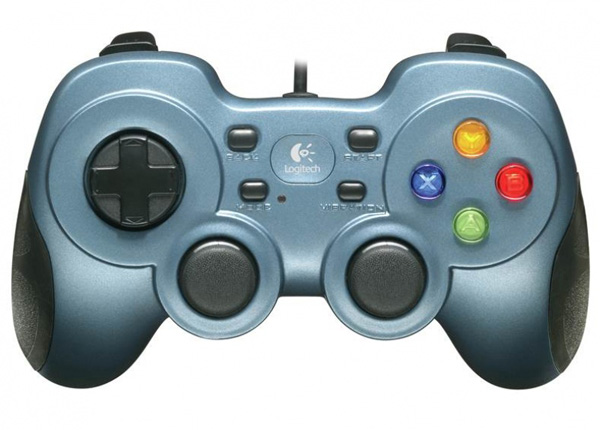
Virtual Reality (VR) hardware was released in the early 1990's but didn't sell very well. The potential was there and VR generated a lot of public interest, but early hardware was either too low quality or too expensive. Graphics capability, at that time, was also not sufficient for the demands of VR. The technology mostly disappeared from the market.
In the meantime, graphics capability increased significantly and VR is poised for a return. In 2012, Sony released a new head set

For the VR version of HolliDance, I added a VirtualCube tracking unit. from the Vrealities store.


Virtual motion about the HolliDance set can be made with a Playstation style PC USB joystick. I used the Logitech F510.

Since I put together my virtual reality kit, a company called Oculus VR created a new type of VR headset.

The prototype Occulus Rift currently displays only a few hundred thousand pixels per eye, but presents a very wide field of view. Despite its low apparent resolution, the Occulus Rift is a very effective VR headset. It's resolution will improve with time and it likely represents the future form of VR. It has been very well received by the public despite not yet being available for sale.
Developing for the Occulus Rift is different than traditional VR displays. HolliDance doesn't yet support this promising VR head set, but should in the future.
Contact
I can be reached via at my web page at http://www.cool3dworld.org. You can email me at
dwhite603c@san.rr.com. Please reference HolliDance
in the email subject line.